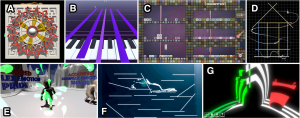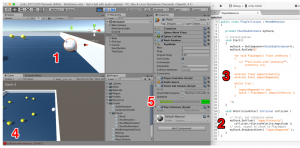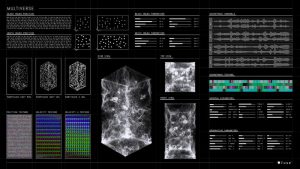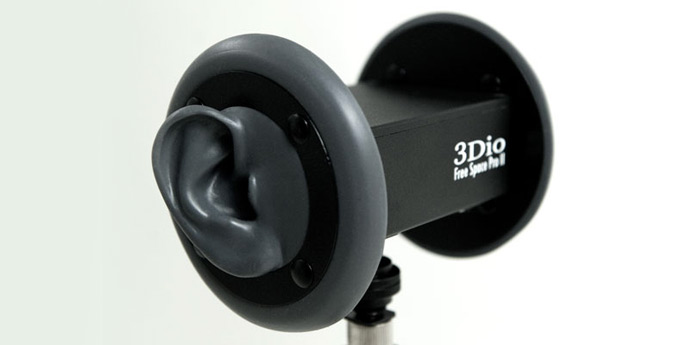// Yoo Jin Shin
// Section D
// yoojins@andrew.cmu.edu
// Project-04
function setup() {
createCanvas(400, 300);
}
function draw() {
background(0);
// two white-ish rectangles in background
fill(235);
noStroke();
rect(0, 220, width, 80);
rect(0, 0, width, 80);
var x1;
var x2;
var y1;
var y2;
var stepSize1 = 7.5;
var stepSize2 = 10;
var stepSize3 = 7;
var stepSize4 = 3;
// dark grey lines
for (x2 = 0; x2 < width; x2 += stepSize2) {
x1 = 0;
y1 = 0;
y2 = height;
stroke(70);
strokeWeight(1);
line(x1, y1, x2, y2);
}
// dark blue lines
for (x1 = 0; x1 < width; x1 += stepSize1) {
stroke(0, 0, 255);
strokeWeight(1.5);
line(x1, y1 += 2, x2 -= 10, y2 -= 1);
}
// dark pink lines
for (x1 = 0; x1 < width; x1 += stepSize1) {
stroke(255, 200, 255);
strokeWeight(2);
line(x1, y1 += 4.5, x2 += 14.9, y2 -= 1.2);
}
// white lines
for (x2 = 0; x2 < width; x2 += stepSize3) {
x1 = width;
stroke(255);
strokeWeight(1.5);
line(x1 -= 10, y1 -= 80, x2, y2 += 10);
}
// black circle in center background
fill(0);
noStroke();
ellipse(width / 2, height / 2, 180, 180);
// purple lines
for (y2 = 0; y2 < height; y2 += stepSize4) {
stroke(160, 50, 255);
strokeWeight(1.5);
line(x1 += 100, y1 += 30.5, x2 -= 5.6, y2);
}
noLoop();
}It was interesting to experiment with the different types of lines and curves to create this string art. I think the sound-art article that I read recently about the Multiverse and black holes subconsciously influenced my design.
![[OLD FALL 2018] 15-104 • Introduction to Computing for Creative Practice](../../../../wp-content/uploads/2020/08/stop-banner.png)





